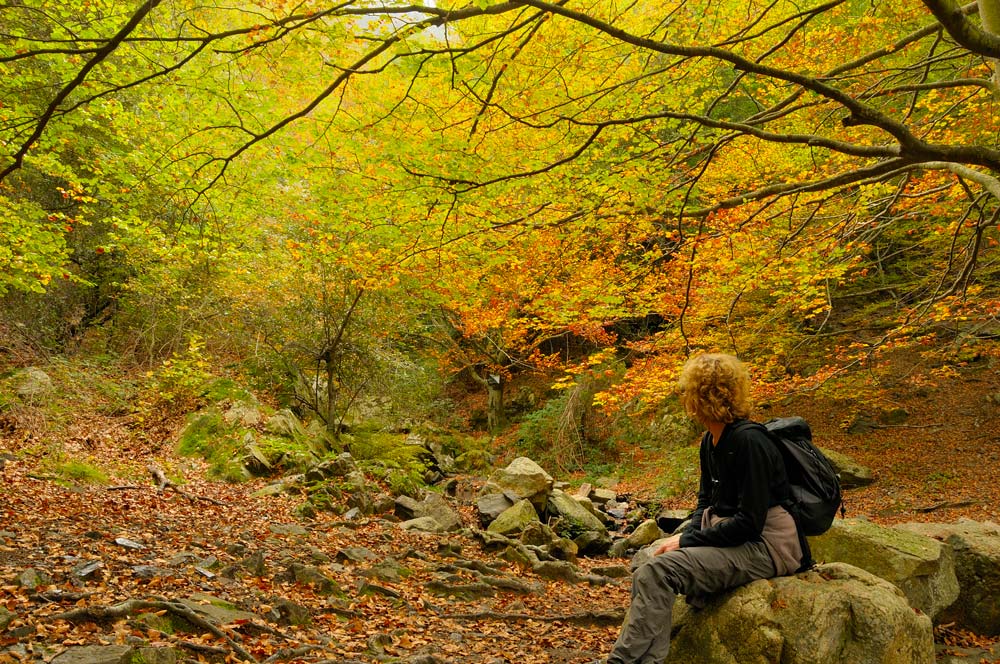
The Montseny natural park tour is suitable for hikers looking for gentle walks in the mornings and non-walking activities in the afternoon. We will be based in the same inn every day, so no need to pack and unpack the luggage every day.
Montseny natural park is a massif classed as a biosphere reserve by UNESCO, located in Catalonia, near Barcelona. We will hike the park to discover the most distinctive spots. To learn more about Montseny park, read through our article here.
We will also visit the places where the Robin Hood of the Montseny, Serrallonga, grew up.
The last and most popular bandit of the region, Joan Sala, known as Serrallonga, was caught in October 31 1633 aged 39. After a two-month trial he was whipped, his ears were sliced off, and then his body was cut into four. His dismembered head was kept in a cage. Philip IV was the king of Spain at the time.
Since his death, Serrallonga has been the source of inspiration for uncountable dances, theatre works, songs, poems, novels, legends and operas.
Serrallonga was born in la Sala farm, near Viladrau, in 1594, in the core of the Montseny natural park. We will visit this farm, a fortified house, during one of our hikes.
Serrallonga’s gang of bandits numbered as many as 200. The group stole, kidnapped and killed 38 people in various fights and retaliations. Many died before he was captured. Some were hanged for their crimes; others died from wounds or illness.
Serrallonga was an idol for many living in inland Catalonia. He represented a shout of protest against the misery of a time when many barely survived.
Serrallonga became the personification of the bandit who stole from the rich to give to the poor, who sought justice and fought bravely against the overbearing authorities.
Find out more about Serrallonga’s adventurous life here.
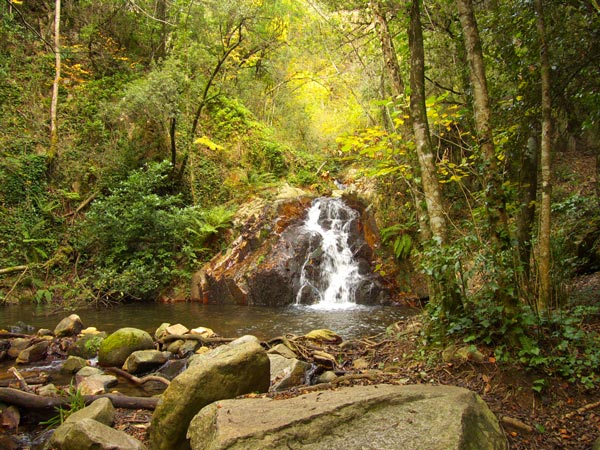
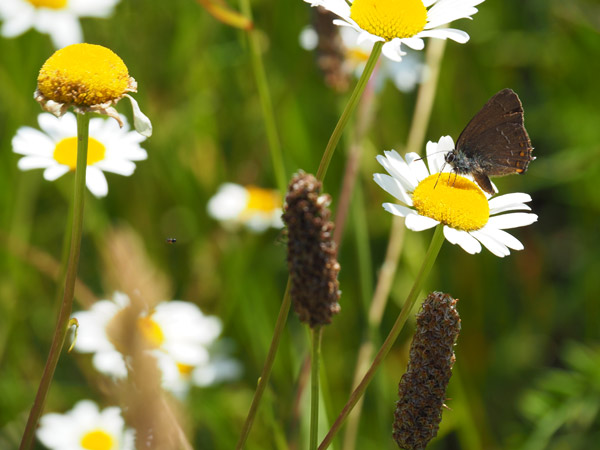
The guide will pick up participants from a point in Barcelona, near the Hotel Ibis Meridiana. After a 1-hour drive we will arrive at Aiguafreda, the starting point of our first hike.
We will be in the western part of the park. We will walk along the Saní cliffs and enjoy beautiful scenery towards the Matagalls and Les Agudes, the highest peaks in the Montseny massif.
This part of the park has a big dolmen concentration. We will visit eight, although many of them are battered.
Lunch en route. Everybody should carry their own packed lunch on this first day; the inn will supply packed lunches on subsequent days.
We will head to our inn after the hike.
Distance: 11.5km – Elevation gain: 450m – Time: 4 hours, breaks included.
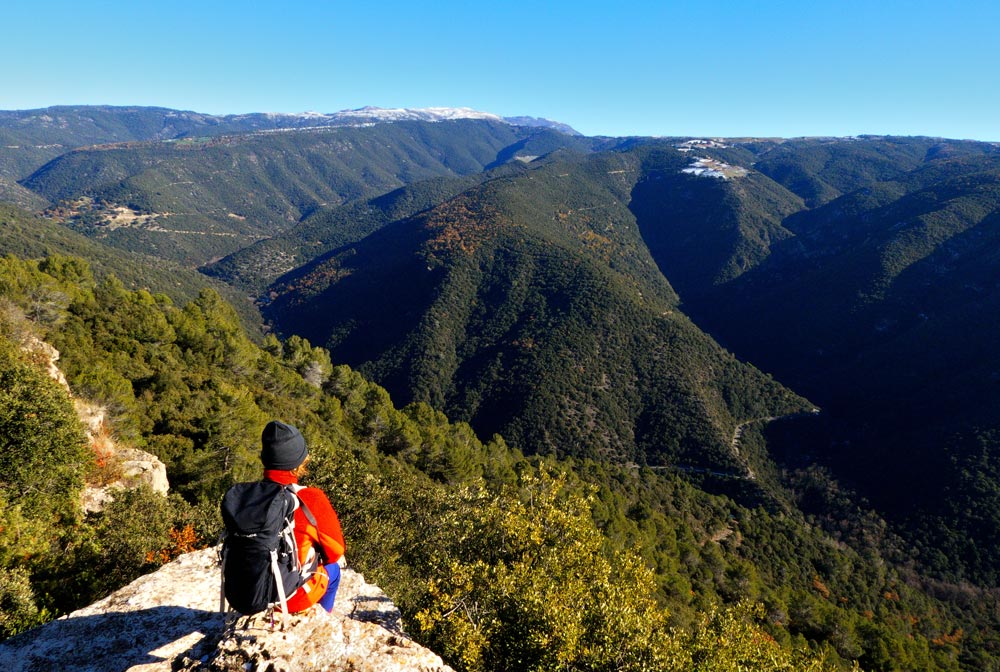
Our second hike in the Montseny natural park will start at the inn. Before heading to the summit, we will visit the Bona (good, in Catalan) spring, at 1080m where the Tordera river is born. It flows into the Mediterranean sea on the Costa Brava.
Next to the spring there is a noticeable tree as well as a statue of Guerau de Liost (pseudonym of Jaume Bofill i Mates) and the poem he dedicated to this spring. Guerau de Liost is considered the poet of the Montseny.
Then we will climb Matagalls (1696m), my favourite summit in the Montseny natural park. It is not as high as Les Agudes or Turó de l’Home, but the stunning views of the Pyrenees and other mountains of Catalonia is worth a climb.
We will also cross fantastic forests, the southernmost beech woods in Europe.
Finally, we will visit two snow wells and stay in the Pregon pass (1532m), an idyllic meadow between two hills.
Lunch en route.
Distance: 10.5km – Elevation gain: 710m – Time: 5 hours, breaks included.
In the afternoon, the van will take us to Sta. Maria de Palautordera, a village in the south of Montseny. Carme, a craftswoman, will be waiting for us. Carme creates cutting-edge ceramic and pottery objects. The process to create a piece takes 15 days; Carme will show us some parts of that process as she works.
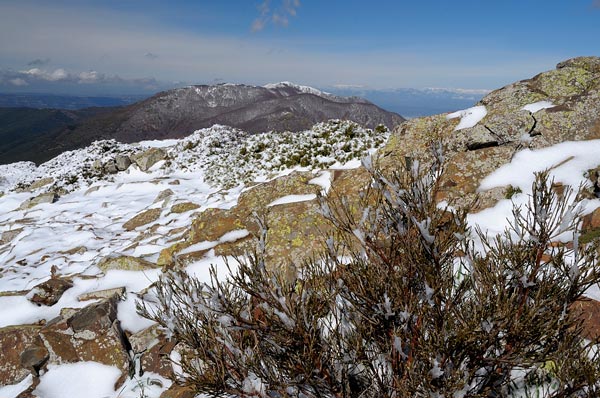
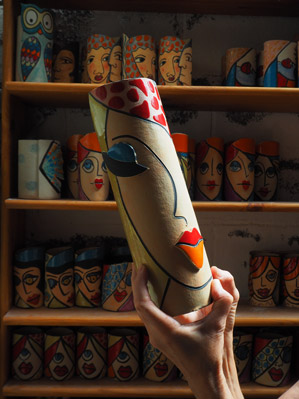
Starting at Viladrau, at 845m, we will hike a gentle circular walk and visit La Sala, a fortified house where the bandit Serrallonga was born in 1594.
More than 1000 people live in Viladrau, which has 200 springs. It also hosts a very popular chestnut fair in October.
During the hike we will pass by three noticeable trees and the Oreneta (swallow, in Catalan) spring. This spring was settled in 1936 in memorial to Guerau de Liost, the Montseny poet.
Lunch en route.
Distance: 11km – Elevation gain: 278m – Time: 4 hours, breaks included.
Thanks are due to Enrqiue Ordóñez for the two photographs below.
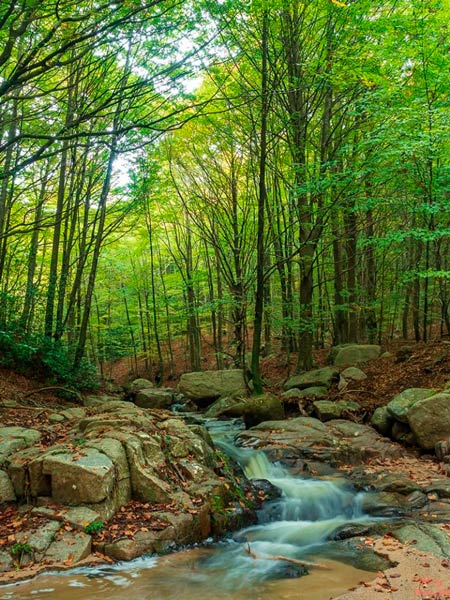
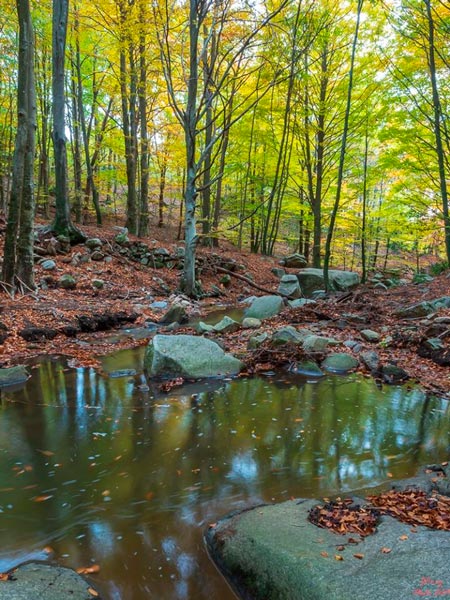
In the afternoon, we will have a guided visit to the Montsoriu castle, considered the most important gothic castle in Catalonia.
It was abandoned from the 16th century to the end of the 20th, when locals pushed for its restoration and archaeological research started.
The castle was palace and home to Bernat de Cabrera, a prominent figure in the 14th century Catalonia-Aragon kingdom. Now it is an example of impressive medieval military architecture.
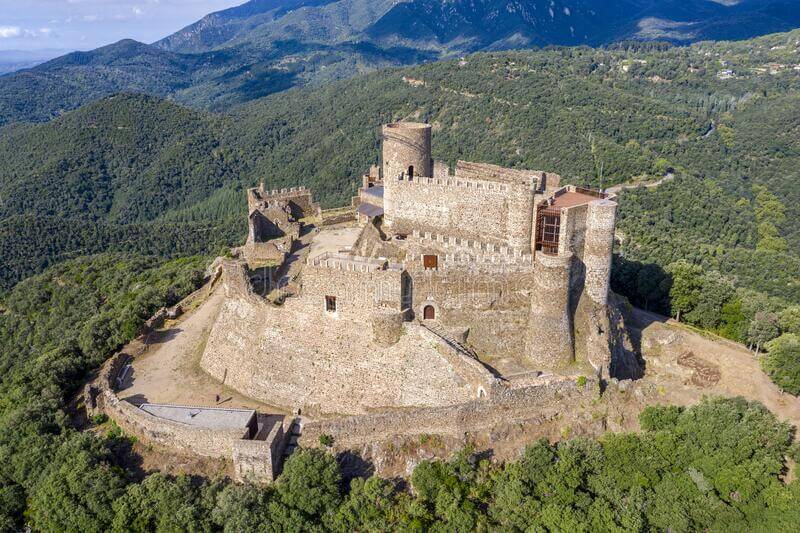
The first part of this circular hike focuses on Passavets, which is the southernmost silver fir forest in Western Europe.
A particularly eye-catching feature is a beech tree and a silver fir which have grown intertwined with each other; the pair are called l’Abraçada (hug, in Catalan). More information in noticeable trees.
At the beginning of the ascent there are only beech trees. Half an hour later, silver firs start to show up and mix with the beech trees. Further up, only silver firs populate the area. Silver firs need shade and wet slopes to grow.
Before leaving the forest we will visit a snow well.
The second part of the hike runs along a crest line, which links Turó de l’Home (1706m) and Les Agudes (1703m) peaks. We will have the option to climb the former, the highest peak in the park, and for sure will climb the latter.
Stunning views of the Pyrenees from les Agudes summit.
During the descent we will cross a beautiful beech forest and visit two springs: Briançó and Passavets. Many people travel a great distance to pick up water from the latter.
Lunch en route.
Distance: 8km – Elevation gain: 511m – Time: 4 hours, breaks included.
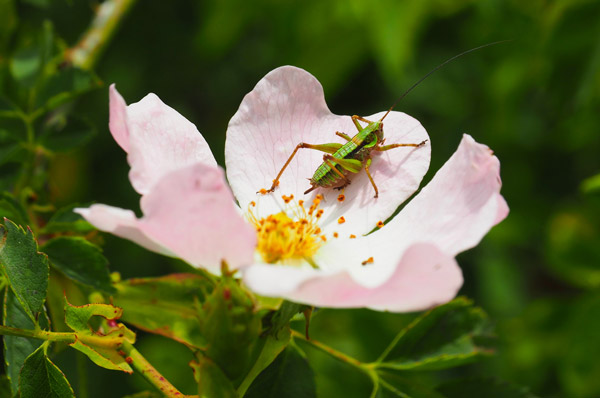
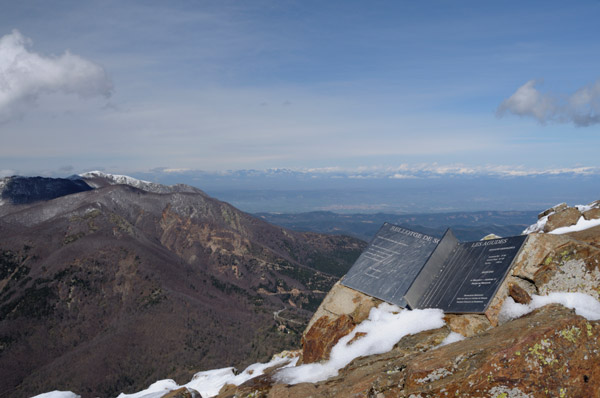
In the afternoon we will visit the Centre de Manipulació de la Castanya (chestnut processing centre, in Catalan) for two and a half hours. The visit includes a guided walk through the most outstanding chestnut trees around Viladrau, and a master class about both chestnut tree wood and chestnut use. Finally, we will taste chestnut products, such as the pâté.
The centre is trying to recover the chestnut trees in the Monseny park, and to promote the creation and use of products derived from the chestnut, such as beer, chocolate, pâté, biscuits, jam, cheese and many more.
Turó de Morou is a short but remarkable hike for several reasons:
– A chestnut grove at the beginning of the route.
– Empedrat de Morou, a granite area where you can appreciate the different steps that occur as soil is formed: the source rock, the source rock fragmented in multiple-size blocks and, finally, the sauló, a kind of sand made of ancient granite. This area also provides an excellent viewpoint to see Santa Fe valley, Turó de l’Home, Les Agudes and the Mediterranean sea.
– The sequoias, hazel and holly we will visit, classed as noticeable trees.
– The beech forest, which grows on rocky soil in this part of the Montseny park.
– The Santa Fe reservoir. Built between 1920 and 1935 to produce electricity for the first hotel in the area. It has been tucked into the landscape so neatly you can’t tell whether it is a natural or man-made lake.
We can extend this hike to visit a snow well in the area.
Lunch en route.
Distance: 7km – Elevation gain: 255m – Time: 3 hours, breaks included.
Return to Barcelona after the hike.
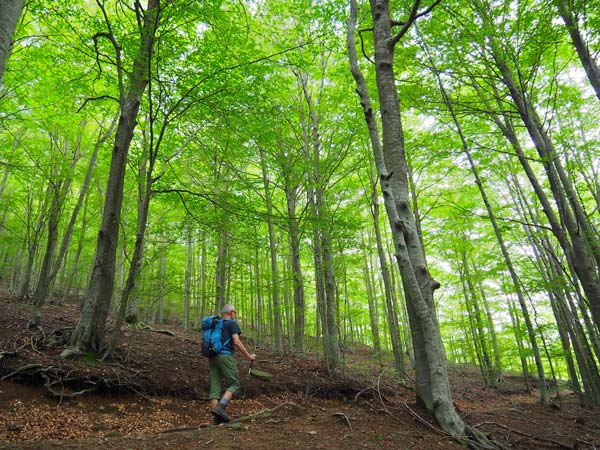
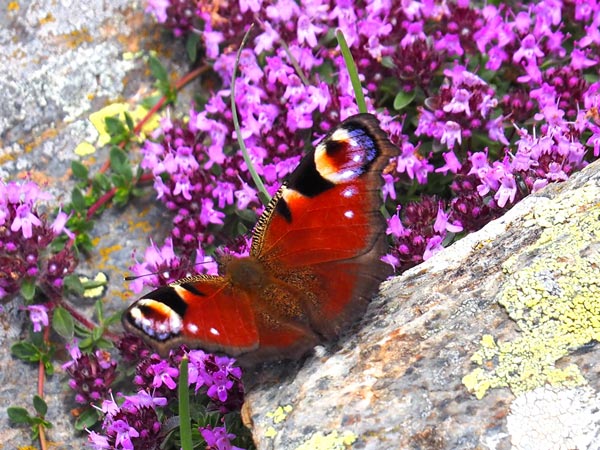
Noticeable trees in the Montseny natural park
The Montseny natural park has 60 trees classed as noticeable or singular.
During our hikes we will visit some:
2nd hike – Matagalls peak – Noticeable trees
We will visit the highest large-leaved lime in Catalonia. It is 44.5m high and located next to the Bona (good, in Catalan) spring, and unusually for this park, it sits in the middle of a sparse beech wood.
Old large-leaved limes have longitudinal fissures in the bark. Those fissures are used by a bird (Sitta europaea) to eat its favourite fruits: beechnuts, acorns, hazelnuts. The bird firmly jams the fruit into the fissure so that it can break the shell and get at the contents.
3rd hike – La Sala – Noticeable trees
[Click on each image to see the photo in its original size]
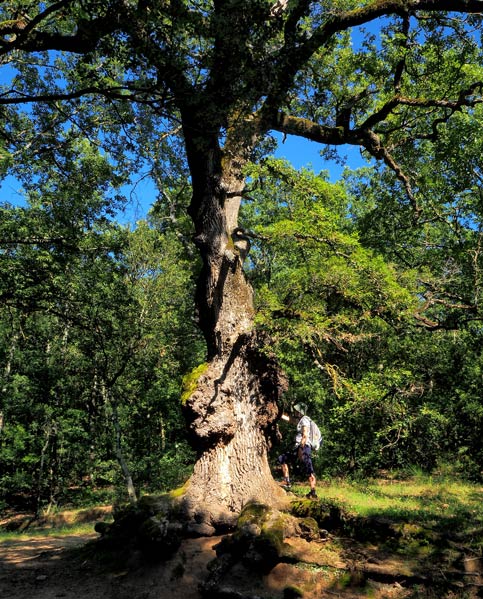
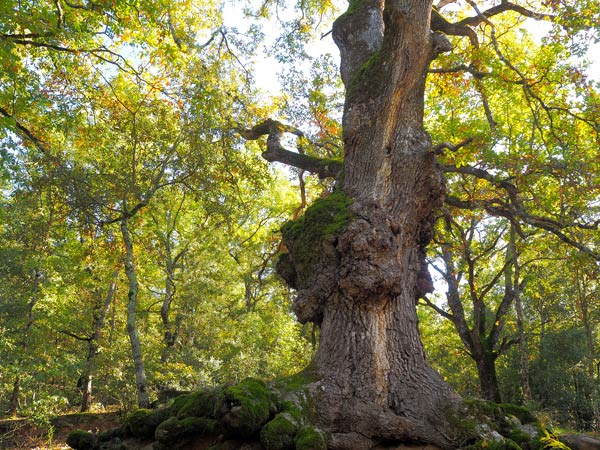
These below are located near La Sala farm:
Holm oak
Located at 700m, it is 17.6m high – although it’s not the highest in Catalonia. Nevertheless, the tree stands out because of the well preserved bark and the shape of its crown.
The crown is home for many birds, such as the Accipiter nisus, the Garrulus glandarius, the Columba palumbus, the Streptopellia turtur.
Beech tree
The highest wild tree in the Montseny park is 32m high. It is located next to the Avellaners (hazels, in Catalan) spring, at 850m, near a stream. The area, heavily wooded and quite wet, is also home for other species such as oaks and old chest nuts.
The roots of this beech tree, home for some rodent burrows, stretch out to reach the stream, which has helped it achieve its considerable growth.
Oak tree called Nen (boy, in Catalan)
It is at 790m, in an oak grove. The highlight of this tree is the huge deformity in the bark, starting at 1m from the ground, which looks like a person.
There is a legend which I will tell you during the tour, explaining why this tree is called Nen.
And these below are located at 880m, in the private garden of the Noguer house, 1km from Viladrau. This house has a garden with many exotic trees, such as California incense-cedars (Calocedrus decurrens), sequoias, cedars, Caucasian firs (Nordmann fir). We will visit these:
The Algerian fir (abies numidica)
Planted in 1898 by Ramón Bofill, by then owner of the house. It is 34.5m high.
The sequoias
One is a giant sequoia (Sequoiadendron giganteum), which is 29m high. The other one is a coast redwood (Sequoia sempervirens). Both were planted in 1898.
The wood from giant sequoia is light, soft, hardly resistant and fragile. Wood from coast redwood is better for use as timber. Nevertheless, the giant sequoia requires less care and is more resistant, so it is more used in gardens.
The coast redwood, 37m high, is the highest in Catalonia.
4th hike – Les Agudes – Noticeable trees
That hug between a beech tree and a silver fir is called l’Abraçada de Passavets. It is the origin of a legend I will explain you during the hike. Due to that legend, l’Abraçada is now the iconic symbol of impossible love.
Curiously, at 1.3m from the ground both trees have the same bark diameter, 1.57m.
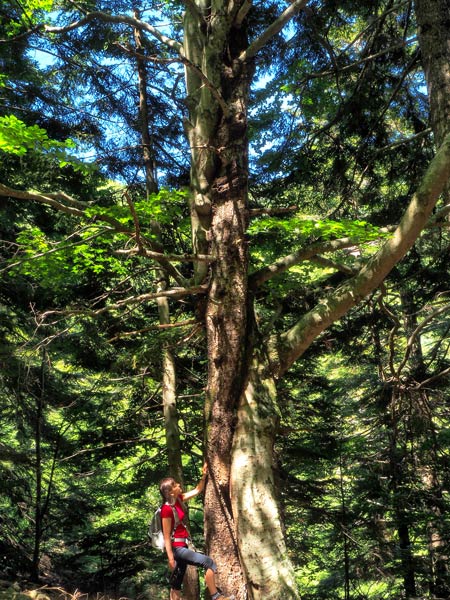
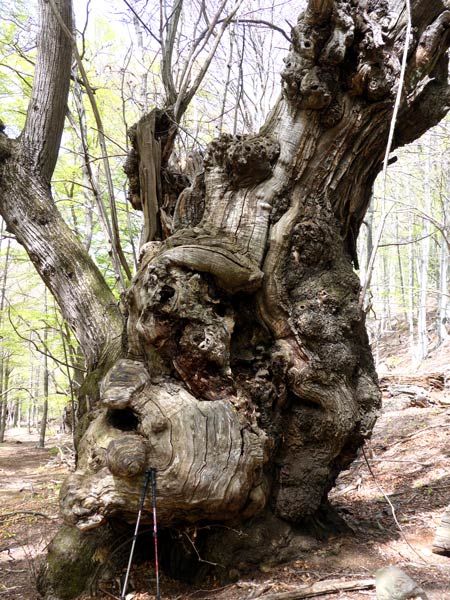
5th hike – Turó de Morou – Noticeable trees
Giant sequoias in Can Casades
Can Casades is a 19th century house, at 1130m. Its garden has three giant sequoias surrounded by beech trees, large-leaved limes, common ashes, cedars and silver firs.
All the sequoias have a lightning conductor on the crown because the fourth sequoia, now disappeared, was shattered by a lightning some years ago.
These sequoias are 40m high. There are only two sequoias higher in Catalonia. They were planted in 1900. At the time there was a fashion for having exotic conifers in private wealthy gardens.
Hazel of Baladrell spring
At 1070m, it grows next to the Baladrell spring. It is fragile, many dead branches are around. We think because it is old. Hazels do not usually live longer than 100 years.
The trees nearby are beeches and oaks. Also nearby there is the ruined Baladrell farm.
This hazel, 11.5m high, is the biggest in Catalonia, though not the highest. During the Spanish Civil war, hazel leaves in Montseny were used to make tobacco, after being dried and crushed.
Morou holly
Off the beaten track, it is not easy to find. Located at 1190m and surrounded by beech trees, it is the highest holly in Catalonia due to its 17.4m height.
The holly is a scarce tree in Catalonia but has an important role in the nature. For instance, in winter, birds stay overnight because the temperature is 3-5 °C lower in the evergreen crown.
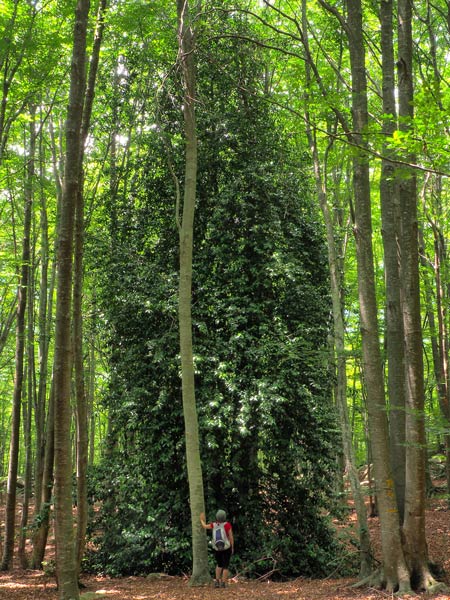
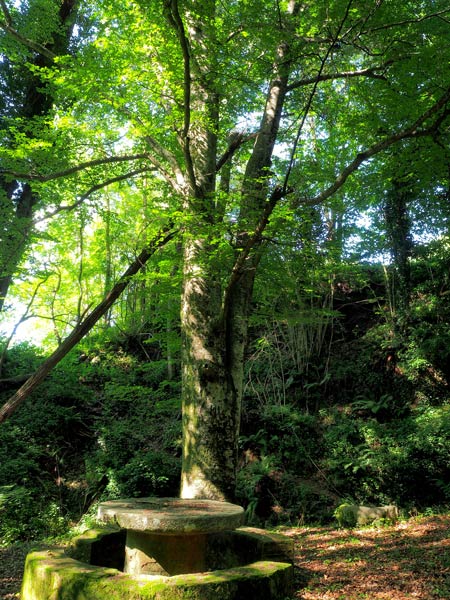
Singular accommodation in the Montseny natural park tour
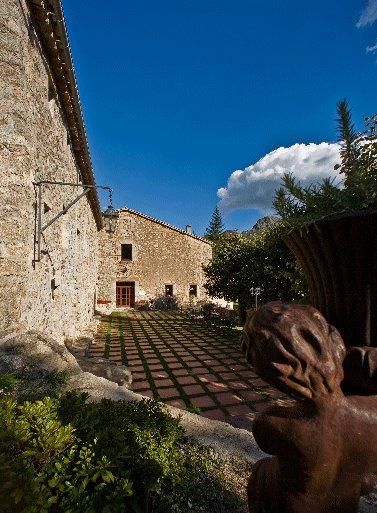
We will be based at Sant Marçal hotel, at 1090m, located under the pass of the same name. This hotel is the guesthouse of the ancient Sant Marçal Benedictine monastery. Next to the guesthouse there is the church, which was consecrated in 1066.
The first document mentioning this monastery dates back to 1053. Because the number of monks never reached 12, the monastery stopped being considered an abbey and became a priory from 1172 on. In 1241 there were only three monks in Sant Marçal.
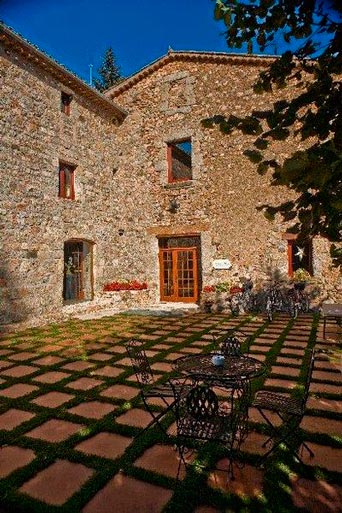
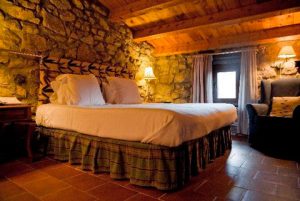
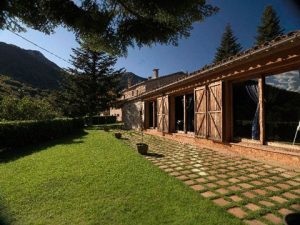
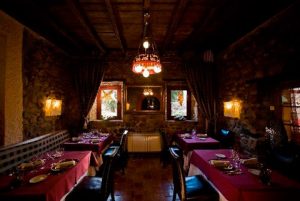
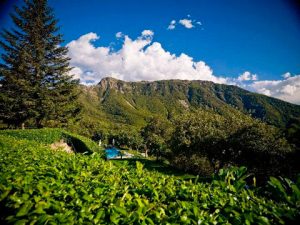
From the 14th century on only one or two monks used to live in the monastery. Priors never stayed.
The decline
The decline of the monastery was due to:
— Few houses in the area, so low income.
— The family who supported the monastery since the middle ages, Agudes-Monseny, went into decline during the 12th and 13th centuries. Eventually, their properties were taken by the Cabrera family.
— The Black Death killed many people in Sant Marçal in 1348, so the monks could not find people to harvest the monastery’s lands.
In the Sant Marçal pass there is the Three-bishop table, or taula dels tres bisbes, in Catalan. Sant Marçal pass is the point where three bishoprics meet: those of Barcelona, Vic and Girona. The bishops themselves used it as a meeting place.
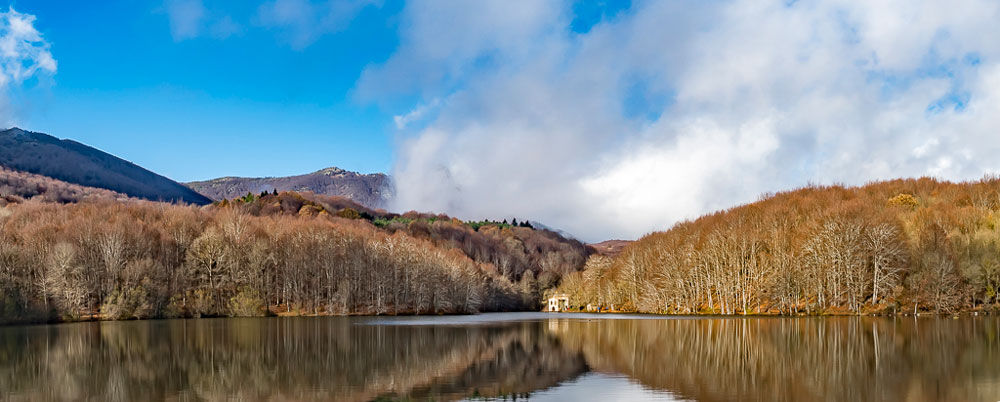
Still available places for these trips:
– February 2 2024
– March 24 2024
– April 14 2024
– November 17 2024
– December 15 2024
What’s included:
>> Full-board accommodation: four en-suite nights in Sant Marçal historic hotel
>> Meals: four breakfasts, four packed-lunches and four evening meals
>> Park fees as appropriate
>> All road transfers in country. We can pick you up at Barcelona airport.
>> Accident insurance while in the wilderness
>> Qualified English-speaking local mountain guide
>> All scheduled non-walking activities
Excluded:
>> Flights
>> Personal equipment
>> Travel insurance
>> Meals and drinks not indicated in ‘Included’
Essential info:
– The guide has the right to change the itinerary at any time if deemed necessary to guarantee the security of the group
– Walking gear & equipment – We send you a list when you book

